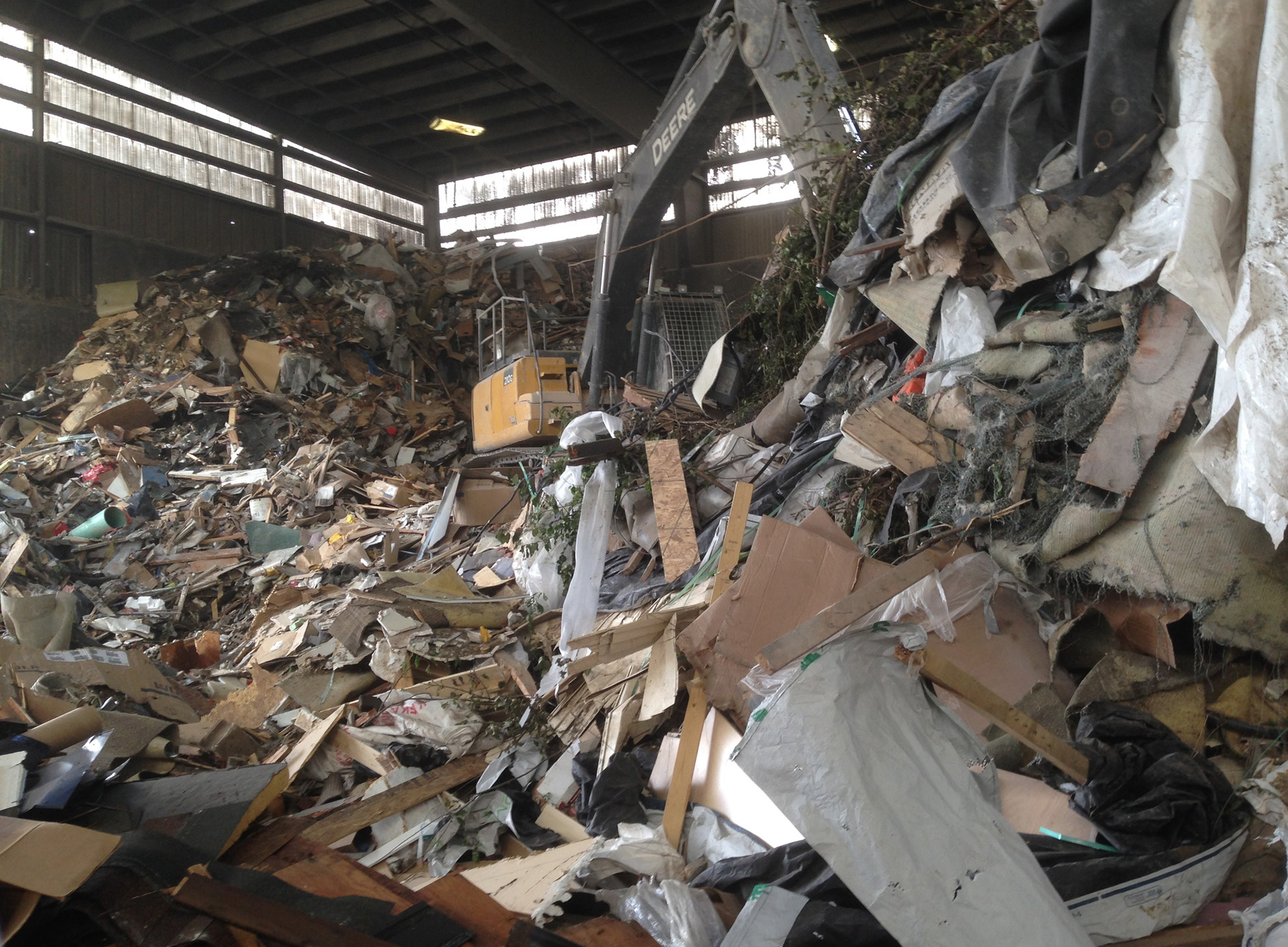
We interviewed Bill Turley, Executive Director of the Construction & Demolition Recycling Association (CDRA), for our safety month feature to highlight best practices and process improvement for C&D facilities. Bill gave us his unique perspective on the challenges C & D recyclers face daily.

Can you give us some background regarding CDRA, and how it came to be?
Turley: The Construction & Demolition Recycling Association (CDRA) is a national non-profit organization representing the viewpoints of the recyclers of construction and demolition materials. Our mission is to provide positive support and representation to the industry and CDRA members in legislative and rule-making venues that impact the recycling business, act as an advocate to promote C&D recycling and the recycle business in every manner possible that benefits our members, facilitate and sponsor member interaction between membership companies and further facilitate interaction between the membership and specialized services that can potentially benefit the membership.
What issues are most important to you, as far as worker safety is concerned?
Turley: Safety has become more important in our industry now than it was in the early days of C&D recycling. When the industry was new, there was a lot of uncertainty about how to best protect workers, a company’s most valuable resource. Worker safety has evolved tremendously since the early days to where it is today, and for the past several years, we have seen protections put in place to benefit the employee and the company.
What seems to be the biggest mistake you see C&D recyclers making regarding safety?
Turley: I suggest they work more closely with their insurance providers on risk management. C&D recyclers are fortunate that there are a few insurance companies focusing on their industry, and the agents for those companies can provide great advice to their customers on reducing risk in facilities.
Also, they should have a safety manual for their operation. The CDRA offers its members a basic safety manual put together by our Risk Management Committee.
Many business owners and operators (in all industries) imagine a disconnect between safety and efficiency. What do you think can be done to counteract that attitude to help show businesses that there is a way to be safe and efficient?
Turley: As stated above, work with your insurance company on risk management techniques. People often think that cutting corners can save money, when in actuality, the time and costs from a major LTA [lost time accident] are quite immense, losing out in the long run.
How do forced safety regulations negatively impact the industry?
Turley: Regulations often seem to be developed without the cooperation of the people who are actually impacted and understanding of the issues involved. We recommend recyclers to invite local government and regulatory officials into their facilities. CDRA even has a set of steps on how to make those visits happen. This way the regulators and elected officials learn about C&D recycling in a non-confrontational environment, which fosters greater communication when rules are being developed. For example, the CDRA worked through the Construction Industry Safety Coalition to provide OSHA comments on the proposed silica dust rule, and some modifications were made. In addition, in a meeting with the White House Office of Management and Budget, the CDRA made several points that the regulators realized were correct. Working with other industry organizations gives us power as a group to be heard, hence, the final rule is not as onerous as it could have been.
As industries and safety standards are changing, and worker conditions are improving, what’s next for safety on the pick line or in other C&D processing facilities?
Turley: We need to keep reminding employees about safety. We all understand how people can become complacent, which is why most business owners conduct regular safety meetings to remind the workers about proper techniques.
How do groups like the CISC make improvements for worker health and business efficiency?
Turley: We worked with a small coalition made up of CDRA, Biomass Power Association, and the American Forest & Paper Association to work with the US EPA on gaining an exemption for C&D biomass from the onerous Non-Hazardous Secondary Materials rule. This coalition was able to show the EPA the value of recycled C&D biomass. Coalitions work better because it shows a wider industry support, rather than a narrower, perhaps more self-centered base.
How can companies with existing C & D recycling facilities stay ahead of the game to comply with OSHA regulations / other regulations?
Turley: The CDRA does try to track some of that, but it can be overwhelming. That is why we always have a speaker on safety/OSHA compliance/risk management as part of C&D World, the Annual Meeting of the CDRA. The 2018 meeting will be February 11-13 in Nashville, Tennessee.
